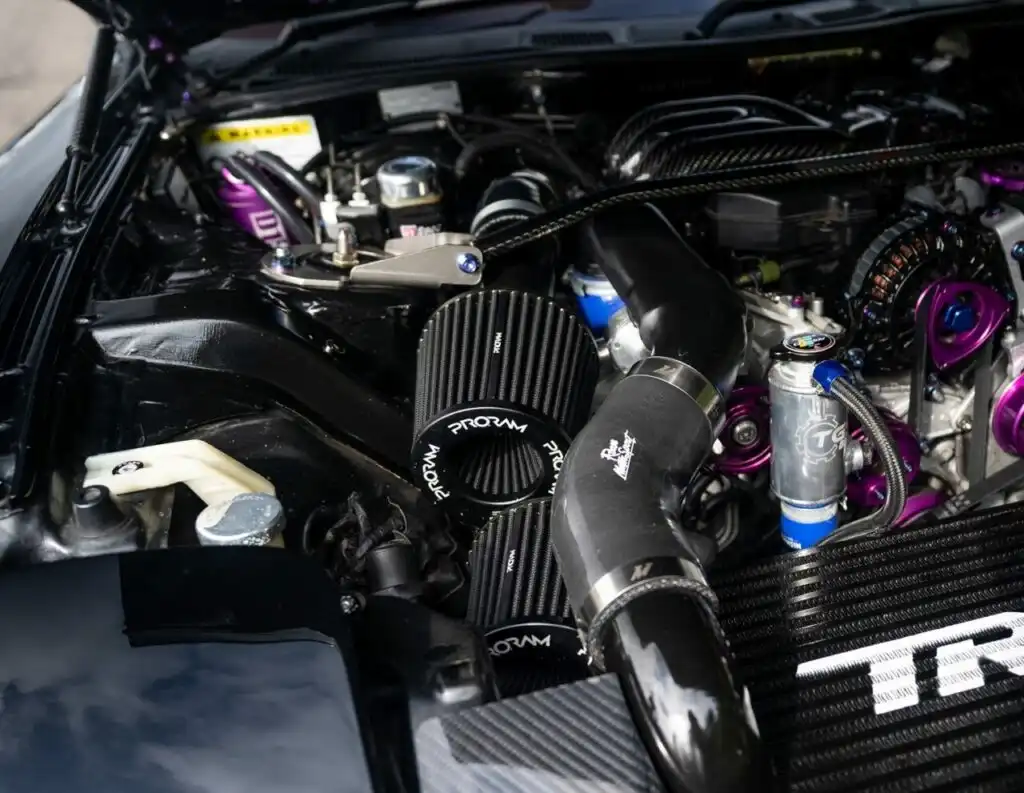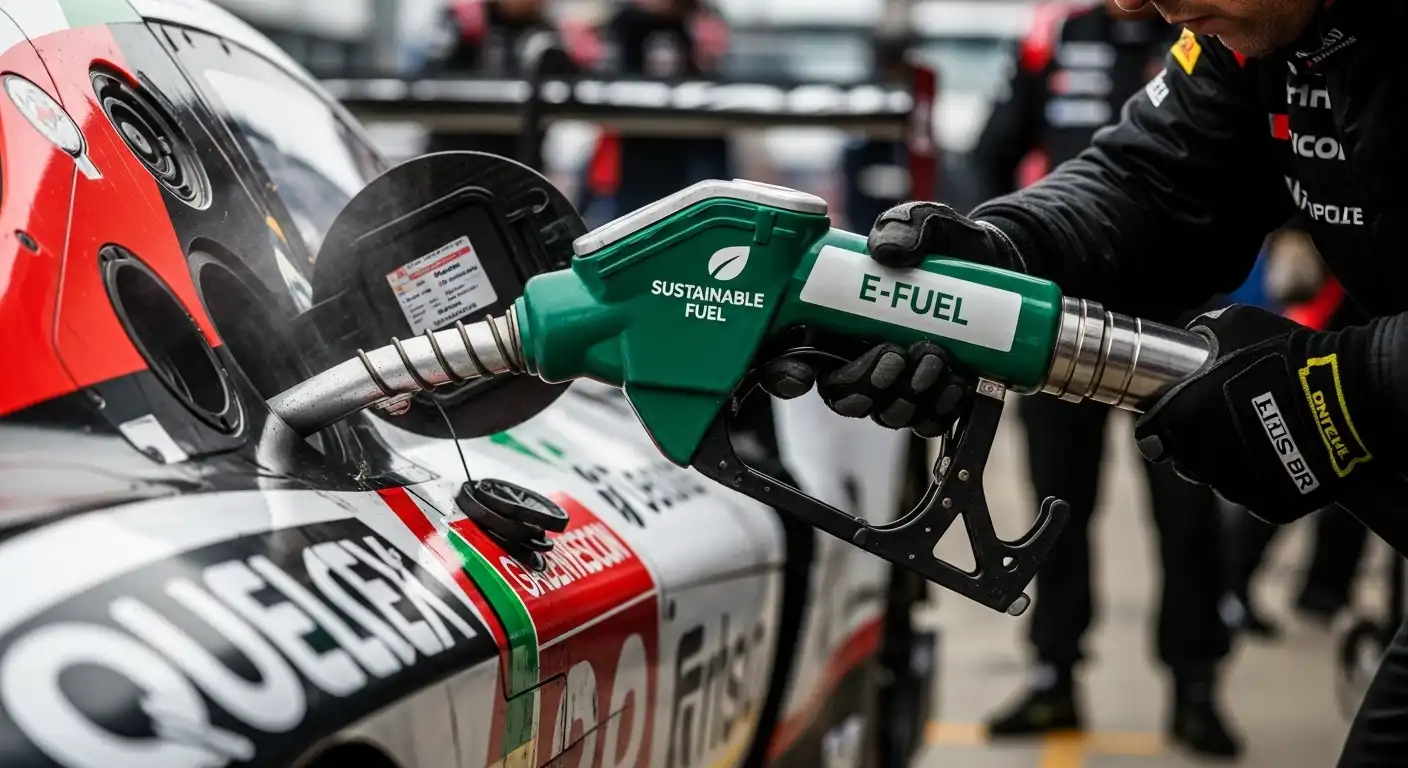When it comes to race cars, performance is everything. Whether you’re prepping for a professional race or hitting the track for a weekend of fun, upgrading your car’s performance is key to maximizing speed, handling, and control. While there are countless modifications available, some offer more significant improvements than others. In this blog, we’ll take a look at the best performance mods to upgrade your race car, ensuring you’re ready to take on any challenge that comes your way.
1. Cold Air Intake for Increased Engine Efficiency
Why It’s Important: A cold air intake system is one of the easiest and most cost-effective modifications to improve engine performance. By allowing cooler, denser air to enter the engine, a cold air intake increases the amount of oxygen available for combustion, boosting horsepower and torque.
What to Do: Swap out your factory air intake for a high-performance cold air intake system. These are designed to increase airflow to the engine, improving throttle response and engine efficiency, which translates to better acceleration and overall performance on the track.
Why It Matters: Increased airflow means better combustion, more power, and better engine response. It’s a simple mod that offers noticeable gains in performance.
2. Performance Exhaust System for Maximum Power
Why It’s Important: Upgrading your car’s exhaust system can dramatically improve performance. A high-performance exhaust allows exhaust gases to exit the engine more efficiently, reducing backpressure and enabling the engine to produce more power.
What to Do: Replace your stock exhaust with a performance exhaust system that features larger diameter pipes, high-flow catalytic converters, and more efficient mufflers. This helps your engine expel gases more freely and enhances the car’s sound, giving it a throaty growl on the track.
Why It Matters: With less restriction on exhaust flow, your engine can breathe easier, leading to better power output, especially at high RPMs. This results in quicker acceleration and higher top speeds on the track.
3. Upgraded Suspension for Improved Handling
Why It’s Important: Handling is a crucial factor in track performance, especially when navigating tight corners at high speeds. Upgrading your suspension system ensures your car remains stable, responsive, and predictable under extreme conditions.
What to Do: Install coilovers or adjustable shocks to improve ride height and handling precision. Upgrading your sway bars can reduce body roll during hard cornering, and investing in high-performance bushings can further increase responsiveness.
Why It Matters: A well-tuned suspension setup not only improves handling but also enhances tire contact with the road, which leads to more precise control, better grip, and quicker cornering speeds on the track.
4. Performance Brakes for Faster, More Controlled Stopping
Why It’s Important: On the track, having the ability to brake quickly and safely is just as important as acceleration. Standard brake systems often aren’t designed to withstand the extreme conditions of track racing, leading to brake fade and decreased performance under heavy braking.
What to Do: Upgrade your brake pads, rotors, and calipers to performance versions. Carbon-ceramic rotors, multi-piston calipers, and high-performance brake pads offer superior stopping power and heat resistance, reducing brake fade during long, hard braking zones.
Why It Matters: Enhanced braking performance gives you better control and confidence on the track, allowing you to brake later and harder, reducing lap times. Upgraded brakes will also ensure that you can maintain control of your car even under extreme stress.
5. Lightweight Wheels for Better Acceleration and Handling
Why It’s Important: Weight reduction is a fundamental principle in motorsports. Reducing the weight of your car improves acceleration, braking, and handling, especially in high-performance vehicles.
What to Do: Replace your stock wheels with lightweight alloys or forged wheels. These materials are stronger and lighter than traditional steel wheels, reducing the overall weight of the car without sacrificing strength or durability.
Why It Matters: Lighter wheels reduce rotational mass, which improves acceleration and handling. Less weight means the engine doesn’t have to work as hard to move the car, improving overall performance. Additionally, lightweight wheels can enhance steering response and reduce the wear on your tires.
6. Performance Tuning (ECU Remapping) for More Power
Why It’s Important: Tuning your car’s ECU (Engine Control Unit) is one of the most effective ways to extract more power from your engine. ECU remapping optimizes engine parameters, such as fuel-air ratio and timing, to unlock additional horsepower and torque without physical modifications.
What to Do: Have your ECU remapped by a professional tuner who can adjust the engine’s settings for maximum performance. This can include increasing boost in turbocharged engines, adjusting fuel delivery for optimal combustion, and fine-tuning ignition timing for better throttle response.
Why It Matters: ECU tuning can dramatically increase engine output without needing to swap out major engine components. It’s one of the most cost-effective ways to boost power and improve track performance.
7. Upgraded Fuel System for Higher Performance
Why It’s Important: A high-performance fuel system is essential for cars pushing their limits on the track. When you increase engine power, the demand for fuel also increases. Without the right fuel system, your engine may not perform optimally.
What to Do: Install larger injectors, high-flow fuel pumps, and upgraded fuel lines to ensure your engine is receiving the optimal amount of fuel for peak performance. This is especially important for cars that have been turbocharged or supercharged.
Why It Matters: A performance fuel system ensures consistent fuel delivery under high-stress conditions, improving engine power, throttle response, and overall efficiency, especially during high-speed runs.
8. Weight Reduction for Increased Performance
Why It’s Important: Reducing your car’s weight improves acceleration, braking, and overall handling. Lighter cars are quicker and more responsive on the track, making weight reduction a key mod for improving race performance.
What to Do: Strip out unnecessary components from the interior, such as the rear seats, carpeting, and sound insulation. Replace heavy components with lighter materials, such as carbon fiber or aluminum, for the hood, doors, and roof. Additionally, consider swapping out your stock seats for lightweight racing seats.
Why It Matters: Every pound of weight you remove results in faster acceleration and more agile handling. Lighter cars are also easier to control and can help shave precious seconds off your lap time.
Conclusion:
Upgrading your race car for track days involves a mix of performance-focused modifications that improve acceleration, handling, braking, and overall driving dynamics. Whether you’re a beginner or an experienced racer, these performance mods will give you the edge you need to improve your lap times and take your driving to the next level. From enhancing the engine and suspension to reducing weight and upgrading brakes, each modification will bring you closer to your ideal track performance.
If you’re ready to make your race car track-ready, start with these essential upgrades and consult with a professional performance shop for expert guidance. With the right modifications, you’ll be well on your way to achieving your best lap time yet.


